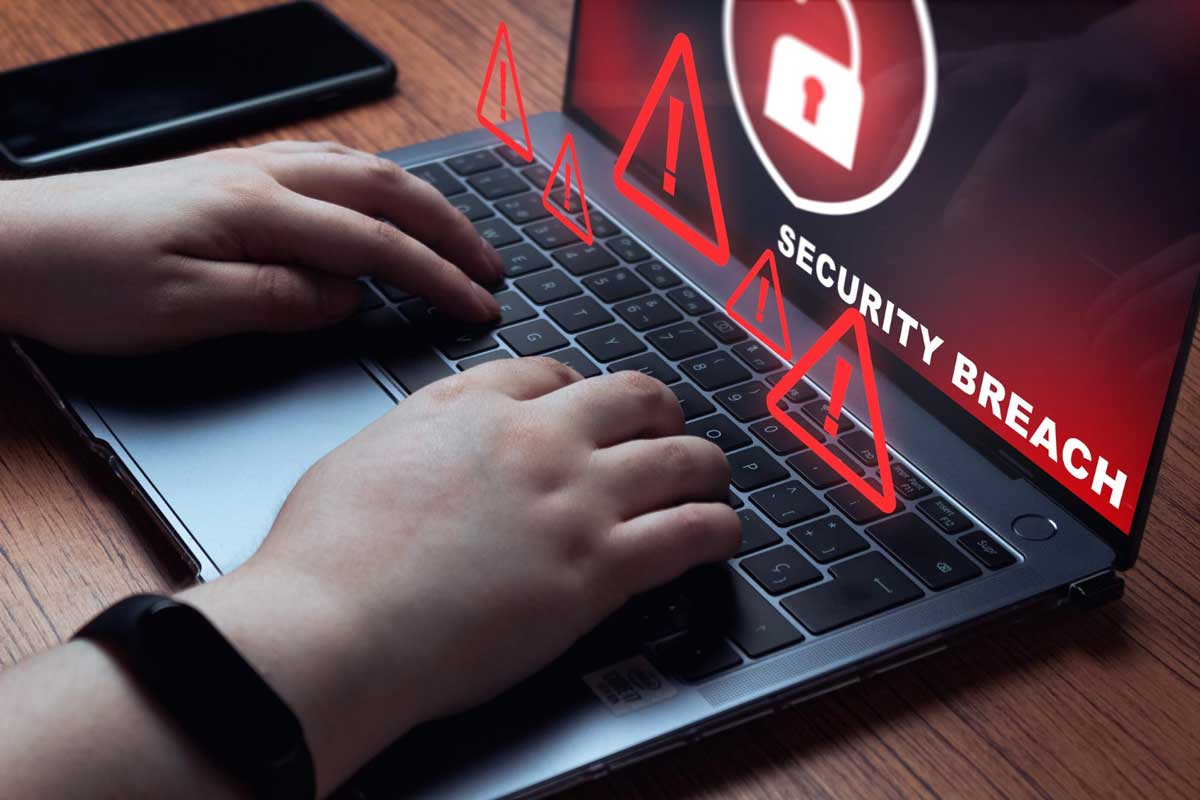
Why Businesses Need Strong Bot Mitigation Cybersecurity Tools
Modern businesses need robust bot mitigation cybersecurity tools to protect themselves from the growing threat of bots. Bots are computer programs that carry out automated tasks, such as web scraping, spamming and Denial of Service (DoS) attacks. They can be used for legitimate and malicious purposes, becoming increasingly sophisticated and challenging to detect.
Even when bots are merely used to produce traffic, make spam comments or scrape the web, they can lead to a loss of trust as an organization’s analytics will not be correct. Bot protection ranges from protecting an organization’s metrics to protecting an organization’s finances and data.
The threat of bots has been growing in recent years, as they are used more frequently for malicious purposes such as DDoS attacks, account hijacking and click fraud. Bot traffic makes up nearly half of all internet traffic. Not all bots are malicious. But they are ubiquitous.
Why are bots an increasing threat?
Bots have existed on the internet since its inception. Still, they weren’t always the major threat they were today. Bots are becoming an increasing threat for several reasons: technological advances, malicious users and sheer volume.
1. They are becoming more sophisticated
As bots become more sophisticated, they are increasingly difficult to detect. Some bots masquerade as human users by using artificial intelligence to mimic human behavior. This makes it difficult for businesses to distinguish between real and fake traffic, resulting in false positives and wasted resources. Intelligent bots can even react to attempts to detect and mitigate them; for instance, an AI DDoS bot may identify when it has been detected and blocked and immediately change its strategies.
2. They are being used for more malicious purposes
Bots are increasingly used for malicious purposes such as DDoS attacks, account hijacking, click fraud and spamming. This is because they can be easily programmed to carry out these tasks on a large scale. Before, it was prohibitively difficult for them to carry out complex tasks because they weren’t as sophisticated.
3. The number of bot-infected computers is increasing
The number of bot-infected computers is increasing as more people download and use infected software. This is often done unknowingly, as bots can be embedded in legitimate software. The proliferation of IoT devices has not helped. A “computer” today could mean anything from a smartphone to a smart television.
What are the consequences of bot attacks?

Bot attacks can have serious consequences for businesses. Some bot attacks alter a company’s metrics, while others may cost the company millions in downtime. Other bot attacks are merely a prelude to a more severe attack, such as ransomware.
1. Downtime
Bot attacks can cause businesses to experience downtime, as they can overload servers and networks. This can result in lost productivity and revenue. Sometimes DDoS attacks are arbitrary. They may also make the organization vulnerable to a larger, more significant breach.
2. Data loss
Bots can also steal sensitive data, such as customer information and passwords. This can damage a business’s reputation and lead to financial losses. For many organizations, data is their most important asset. Even if the data is only deleted rather than stolen, the organization could lose millions in value.
3. Reputational damage
Bot attacks can also damage a business’s reputation. If a business frequently experiences downtime, it isn’t reliable. If a business experiences a data loss or data breach, it may not be seen as responsible or reliable.
4. Direct financial cost
Because bot attacks can also be a prelude to ransomware, there may even be a direct financial cost. A bot attack could ultimately lead to the organization needing to outlay cash either for a ransom or to get their data back.
What can businesses do to protect themselves?
Because bot attacks are becoming so commonplace, businesses must proactively protect themselves from them. Many next-generation, AI-driven cloud security solutions are now explicitly looking for bot attacks. But tools alone are not enough.
1. Implement security controls
Businesses should implement security controls to prevent and detect bot attacks. This includes firewalls, intrusion detection systems and anti-virus software. Ideally, businesses should have AI-powered systems that can identify the hallmarks of a bot attack.
2. Training employees
Businesses should train employees on the importance of security and how to identify and avoid bot attacks. This can help to prevent infections and reduce the impact of attacks. If a bot attack does occur, employees must be knowledgeable enough to take the next steps to mitigate risk and escalate the situation.
3. Implementing policies and procedures
Businesses should implement policies and procedures to prevent and respond to bot attacks. This includes incident response plans and data backup plans. If no one knows who is in charge or who to contact, a company may be found unresponsive during an emergency.
4. Working with a security partner
Businesses should work with a security partner to help them prevent and respond to bot attacks. This can help businesses to stay up to date on the latest threats and ensure that they have the resources and expertise to mitigate them effectively.
Bot attacks are a serious threat to businesses, and they are only getting more sophisticated. Businesses must take steps to protect themselves, as it’s not an issue of whether they will get attacked — it’s an issue of when.
Better bot management through Akamai’s Bot Manager
Akamai’s Bot Manager uses current, real-time information to detect, identify and mitigate bots. Akamai’s solution is so advanced that it can identify “good” bots used for traffic management and defend against “bad” bots that could cause harm. Rather than having an internal IT team poring over new bot attacks and trends, your organization could tap into the world’s largest database of bot activity.
Akamai’s bot manager includes:
- Advanced bot detection
- Visibility into active bot threats
- Active bot defenses
- Reporting and analysis for bot trends
- A directory of over 1,500 known bots
- Mobile app protection
Akamai’s all-in-one bot solution doesn’t just know how to detect a bot; it provides state-of-the-art bot prevention and protection, including serving bots fake pages so they don’t think they have been detected.
Why work with a cybersecurity partner?
Cybersecurity specialists have access to advanced cybersecurity tools and the specialized knowledge to defeat even the most advanced bot attacks. They also have the resources to keep up with the latest threats and trends.
Businesses need to be proactive rather than reactive regarding bot attacks. Cybersecurity specialists can help businesses do this by providing the tools, resources, and expertise needed to stay ahead of the curve. A cybersecurity specialist like Red River will perform a complete audit of an organization’s system and identify potential gaps and threats. They’ll use leading technology and tools to improve the organization’s security posture.
Work with Akamai’s bot management software and a trusted security partner like Red River to avoid bad bots — and protect your company.

written by
Corrin Jones
Corrin Jones is the Director of Digital Demand Generation. With over ten years of experience, she specializes in creating content and executing campaigns to drive growth and revenue. Connect with Corrin on LinkedIn.




